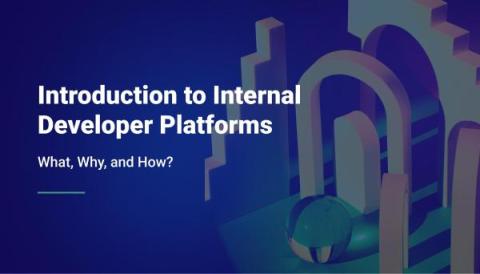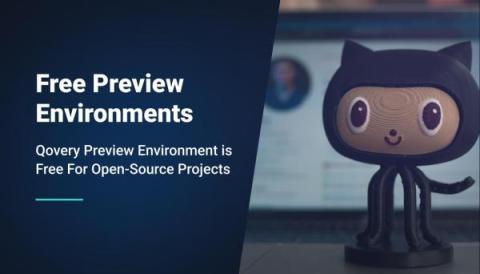Internal Developer Platform: What's the ROI?
Internal Developer Platform (IDP) is a game-changing innovation that has transformed the technology landscape. In the previous article, we discussed in detail the effectiveness of these developer platforms in terms of developer efficiency, faster product releases, frequent collaboration, etc. However, one aspect that is of paramount importance, especially from the business perspective, is the ROI. The first question any manager will ask is, "What will be the ROI of investing in an IDP"?











